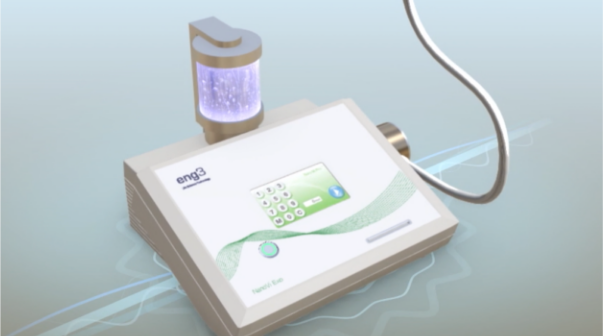Effect of Humid Air Exposed to IR Radiation on Enzyme Activity
Olga I. Yablonskaya1, Vladimir L. Voeikov2, Kirill N. Novikov2, Ekaterina V. Buravleva2, Valeriy A. Menshov1, Aleksei V. Trofimov1
1 Emanuel Institute of Biochemical Physics of Russian Academy of Sciences, 119334 Moscow, Russia;
vinoman66@mail.ru (V.A.M.); avt_2003@mail.ru (A.V.T.)
2 Faculty of Biology, Lomonosov Moscow State University, 119234 Moscow, Russia; v109028v1@yandex.ru (V.L.V.); kirniknov@yandex.ru (K.N.N.); b_u_k_a@mail.ru (E.V.B.)
Abstract
Water vapor absorbs well in the infra-red region of the electromagnetic spectrum. Absorption of radiant energy by water or water droplets leads to formation of exclusion zone water that possesses peculiar physico-chemical properties. In the course of this study, normally functioning and damaged alkaline phosphatase, horseradish peroxidase and catalase were treated with humid air irradiated with infrared light with a wavelength in the range of 1270 nm and referred to as coherent humidity (CoHu). One-minute long treatment with CoHu helped to partially protect enzymes from heat inactivation, mixed function oxidation, and loss of activity due to partial unfolding. Authors suggest that a possible mechanism underlying the observed effects involves altering the physicochemical properties of aqueous media while treatment of the objects with CoHu where CoHu acts as an intermediary.
